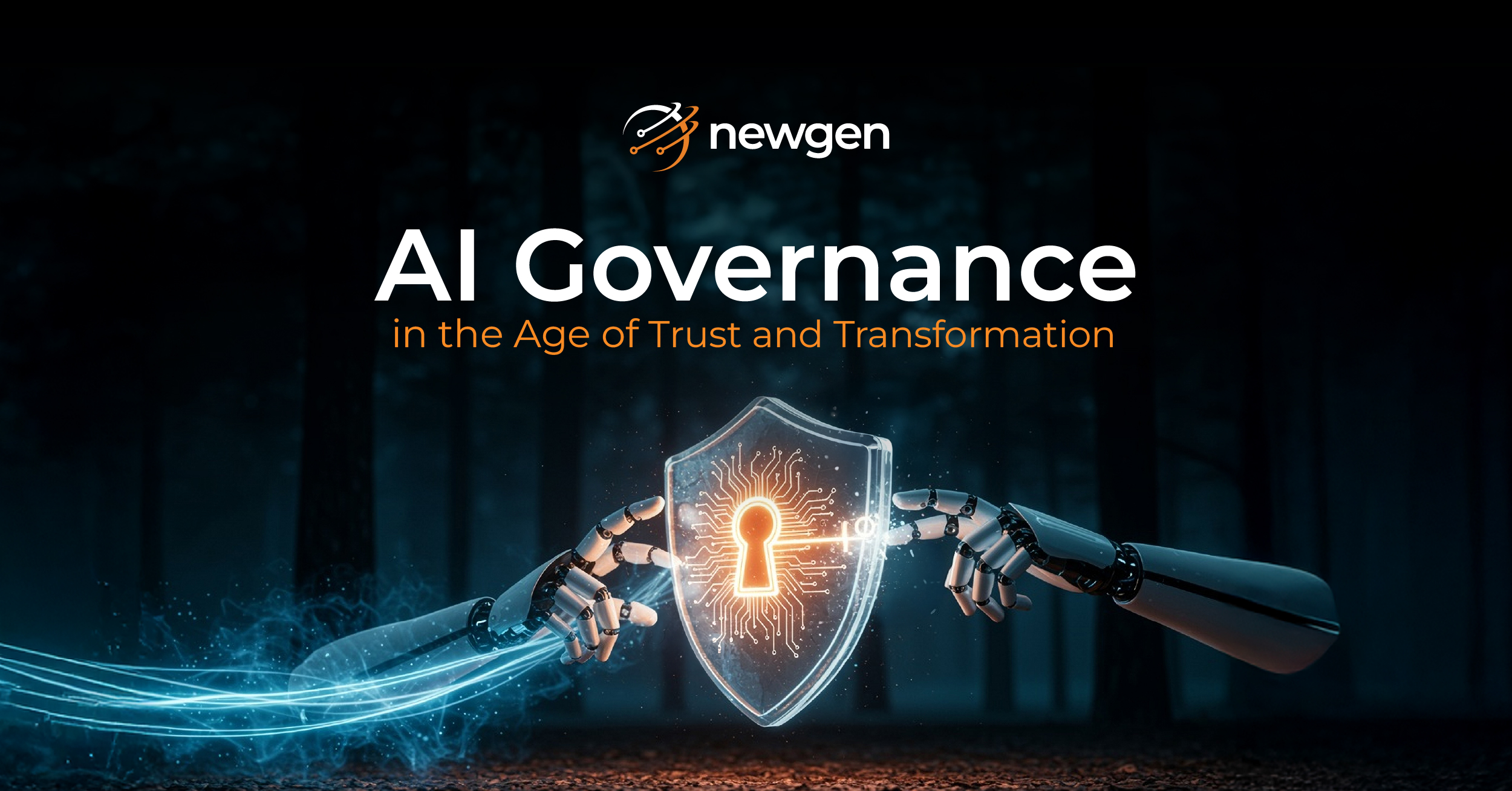To deploy Robotic Process Automation (RPA) system or Business Process Management (BPM) – that is the question. Often in business transformation strategy decisions, organizations put RPA and BPM against each other, rather than think of them as complementary.
We aim to bring a new perspective on these kinds of decisions as we make the case for business leaders to go beyond an “either … or” scenario. We want to point out the business benefits of deploying both approaches in the same environment.
RPA system simplifies business processes by replicating human actions and automating repetitive tasks through the deployment of software robots, without modifying existing infrastructure and systems. RPA system manages tasks with virtually zero errors, very fast and thus yields financial benefits to the enterprise. Invoice processing is a common RPA software use case given its repetitive, rule-based and manual nature. As an example, a software robot can reduce four to five painstaking human labor hours spent reviewing hundreds of records to identify a payment due date into three seconds.
With promises of Robotic Process Automation (RPA) system being the driving force of what is being called the “Fourth Industrial Revolution,” automating repetitive, tedious tasks in the enterprise across major industries, it is no surprise that “Gartner forecasts the robotic process automation software market will grow by 41% year over year to 2020”[1]
Banking, insurance, manufacturing, government agencies, and healthcare industries have been early adopters of robotic process automation platform and have experienced significant and quick success with cost reduction and time savings. However, any industry that has functions that are faced with monotonous tasks that can be easily automated (e.g., Finance, HR, Procurement, Customer Service), can also reap the benefits of RPA solution.
From entering orders to documenting account reconciliations to extracting and processing content from multiple data formats, to creating purchase requisitions, to onboarding new employees, to managing customer service requests, RPA software takes the charge of the back office and front office processes. When companies deploy robotic process automation solution, they increase productivity and accuracy when completing these types of tasks and free up employees to focus on higher value assignments.
“Robotic process automation platform offers the ability to change point business processes quite quickly as opposed to taking a holistic enterprise-wide that could take a lot of time and a lot of money to achieve,” says Jim Allen, a partner at Deloitte MCS Ltd. Robotic process automation software starts with identifying the pain points – meaning the right processes that are suited for automation and the departments in which employees are performing time-consuming work that is often comprised of the tasks that employees hate.
Alternatively, RPA system is often deployed as part of an enterprise’s digital transformation strategy. Once a top priority for early adopters and cutting-edge enterprises, digital transformation has moved into the mainstream. Gartner states “this enterprise-wide focus on digital is showing up in the 2018 CIO Agenda, where all industries now have “digital business/digital transformation” in their top 10 business objectives”.[2] Additionally, CIOs across most industries are struggling to move from experimentation to scaling their digital business initiatives.
Enter Business Process Management (BPM), one of the key enablers for implementing digital transformation and helping it scale across the enterprise. BPM is a deliberate holistic approach that looks in-depth and critically at a company’s existing business processes in order to streamline them for maximum agility and efficiency. It is the technology that provides the end-to-end process automation.
BPM system begins with an aerial view that allows the business to identify the areas in need of improvement – where systems need integration, where the bottlenecks are, where problem resolution is lagging, and why customers complain. BPM software also addresses the administrative tasks around a process, what roles different people have, how their jobs are accomplished and where the workflow should be optimized.
As a next step, BPM platform introduces the heavy artillery in the form of digital tools ranging from business analytics software to web forms, to data mining to collaborative work tools that will facilitate successful completion of business processes. And it does all of these while aligning and supporting enterprise goals, including operationalizing their digital business. RPA solution is a key accelerator in this step – it can be used to quickly automate those very processes that the BPM approach identified as the bottlenecks.
When we look at the goals of both RPA and BPM, they are surprisingly similar: both aim to optimize the journey of improving productivity, enhancing accuracy, improving customer experience, and optimizing costs.
Another important business goal that RPA and BPM address is improving employee satisfaction consistently. Research shows that employees are happy to let software robots do the bean counting while they engage in more complex, interesting tasks that require judgment and emotional intelligence. Given its ease of use, RPA software involves non-technical employees that create and manage process automation. After employees have created their first automation on their own, their awareness and interest to improve the process and other processes grow. With BPM, employees access information easier and faster, tasks are broken down into steps and responsibility is assigned to project owners. This approach leads to clearer accountability and faster problem resolution, thus improving employee satisfaction.
Remember that what sparked this entire discussion was our idea that business leaders should not consider RPA and BPM to be an “‘either … or” scenario. Leaders should consider deploying RPA and BPM as complementary approaches to drive success across the enterprise.
Well, while identifying the processes to automate and mapping the processes to improve performance, BPM employs robotic process automation solution for various use cases. For example, in the insurance industry, BPM optimizes and automates business processes such as new business policy underwriting and payment processes. RPA can be used to complement BPM to eliminate expensive, laborious processing steps and time-consuming integrations by providing a scalable, accurate digital assistant. As RPA platform evolves to include Machine Learning (ML) and Artificial Intelligence (AI), software robots will replicate not only simple, but also complex tasks requiring sophisticated decision-making at greater scale, speed, and accuracy than employees.
Aiming to deliver the best of both methodologies, Newgen Software, a global provider of BPM, and UiPath, the leading enterprise RPA vendor, have forged a partnership. Within a deep integration of UiPath and Newgen’s iBPS RPA platform, Newgen’s process-mining tool will leverage software robots for improved case management. These digital assistants will be directly accessible from within UiPath Studio to be dragged-and-dropped by users to create scripts that can directly talk to the iBPS engine without doing any coding. Exceptions will be introduced as a case within iBPS and be allocated to a human for resolution.
What does this mean exactly?
With this integration, enterprise leaders can leverage a solution that provides end-to-end automation instead of automation of only specific activities. In addition, the new solution offers measurement, dashboard functionality, and visibility across the entire process, allowing for quick issued identification by deploying automation.
Moreover, the joint solution provides governance in terms of user management, security, and audit trails across the entire process, including both human and software robot activities. This solution demonstrates how RPA and BPM can work together to help companies on their digital transformation journey and drive success through the winning RPA/BPM relationship.
Sources:
1] Gartner Inc., Forecast Snapshot: Robotic Process Automation, Worldwide, 2016, 30 December 2016, G00319586
2] Gartner Inc., 2018 CIO Agenda: Industry Insights Overview, 2 October 2017, G00342396
You might be interested in




